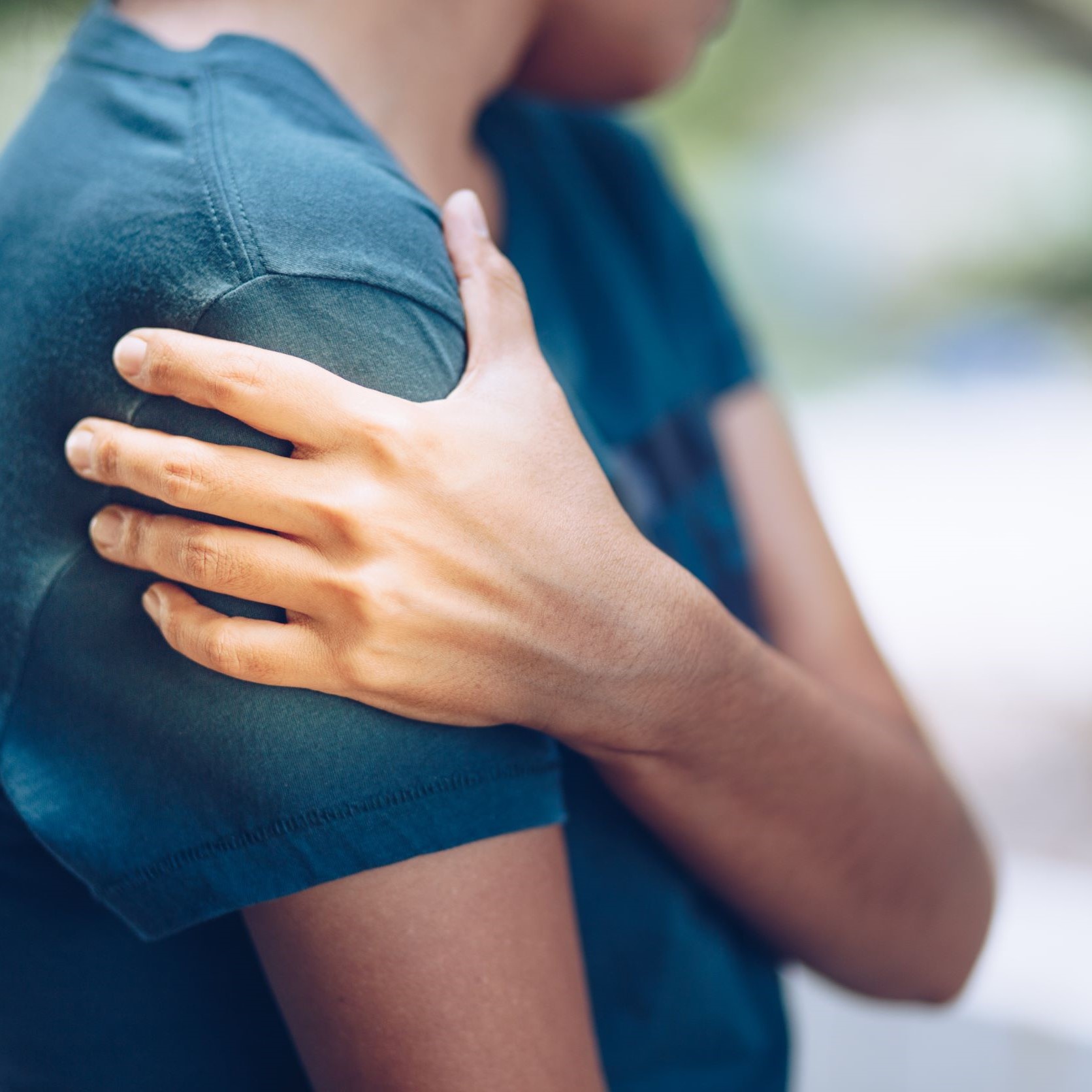The following article was published on The Straits Times.
Among the new lifestyles established during the pandemic, picking up a new exercise habit or sport is probably one of them for many Singaporeans. From spin classes to mixed martial arts, the choices are aplenty.
According to the Ministry of Health’s National Population Health Survey 2020, 33.4 per cent of Singaporeans aged 18 to 74 engaged in regular exercise, with those aged 18 to 29 exercising the most.
With more physical activity, there is naturally a greater risk of injury. One common injury is a dislocated shoulder, which is when the upper arm bone (known as the humerus) comes out of the shoulder socket.
As the most mobile joint in the body, the shoulder is more unstable and prone to dislocation.
In fact, the shoulder is the most commonly dislocated joint in the body. Statistics from the National Library of Medicine show that shoulder dislocations comprise half of all major joint dislocations.
Dr Tay Eileen, a senior consultant and orthopaedic surgeon at StarMed Specialist Centre, observes that shoulder dislocations have become more commonplace in Singapore too. The one-stop private ambulatory care centre, which also offers other health screenings and services by general practitioners, comprises specialist clinics, operating theatres, endoscopy suites and radiology facilities.
She attributes this upward trend is likely due to increased activity level among the young and old, and the growing popularity of sports such as bouldering and handball.
Those who are at higher risk of shoulder dislocations are people in their teens or 20s and more so for males as these two groups tend to be more active.
How does a shoulder get dislocated?
A shoulder usually gets dislocated from traumatic injuries such as breaking a fall on an outstretched hand, which is common among the elderly. People with hyper flexible or loose joints are also more prone to shoulder dislocation.
Direct impact to the shoulder from contact sports such as rugby or football may also cause the shoulder to be dislocated.
It can also occur from hyperextension of the shoulder during sports such as racquet or ball games, and activities such as rock climbing or bouldering.
How can I tell if my shoulder is dislocated?
In both a shoulder dislocation and a strain, you may feel a severe or excruciating pain at the moment of injury. However, in a dislocated shoulder, you will not be able to move the shoulder or arm and there will be a visible deformity of the shoulder joint. There may also be numbness, tingling or weakness of the arm, hand or fingers.
You may use ice packs or oral painkillers to temporarily alleviate the pain and swelling, and should head to the Emergency Department immediately. Try not to move the arm and support it in an arm sling if possible, advises Dr Tay.
There, the doctor will ask you about your medical history and perform a physical examination.
You will have to undergo an X-ray to confirm the dislocation and also to rule out other potentially severe complications such as a fracture.
The doctor will then manipulate the shoulder joint back into position while you are under sedation, after which you will take a second X-ray to confirm that the shoulder is back in position.
Why are shoulder dislocations a problem?
A person who has previously dislocated a shoulder is at a higher risk of dislocating it again, especially during the first six weeks after the injury.
That’s because the soft tissues such as muscles, ligaments, tendons and labrum that help stabilise the joint have been damaged and are in the process of healing. Even after some time, you are still prone to dislocating the shoulder again as the tissues have been torn and become weak.
The younger you are at the time of your first dislocation, the higher the risk of a second dislocation. Dr Tay explains that this postulation is due to factors such as joint mobility, biomechanical properties of the ligaments and muscles that are involved in shoulder stability, as well as increased levels of sporting activity in younger patients which are more likely to be of a higher intensity.
Other complications that may occur with shoulder dislocations are fractures around the shoulder region and nerve injuries.
Caring for an injured shoulder
The doctor will put you in an arm sling after returning the shoulder to its normal position. This immobilises the joint and allows it to rest, heal and prevent any movements that may hurt it again.
Icing the affected shoulder several times a day can help reduce the pain and swelling.
You should follow-up with an orthopaedic specialist once the pain and swelling subsides to check for any injuries to the ligaments, tendons, soft tissues and bone.
Physiotherapy is usually prescribed to restore mobility and strengthen the stabilising muscles of the shoulder. Such rehabilitation is important to regain good function of the shoulder and to prevent further dislocation.
Most people can resume normal activities within two weeks but they should avoid heavy lifting and contact sports for at least six weeks. Consult your physiotherapist on when you may return to contact sports.
Dr Tay advises doing regular exercises to stabilise the muscles in the shoulder. At the same time, avoid movements that place the shoulder in a vulnerable position, such as reaching up and behind you, or sleeping with your hand above your head.
If such actions fail to prevent recurrent dislocations, the orthopaedic specialist may recommend surgery to restore stability to the shoulder.
For concerns with shoulder dislocation or injury you may book an appointment with Dr Tay Eileen here.






